Explainers ·
What is coral bleaching?
As coral bleaching events are impacting Ningaloo and the Great Barrier Reef, it is increasingly important to understand what causes coral bleaching and how it affects marine life.
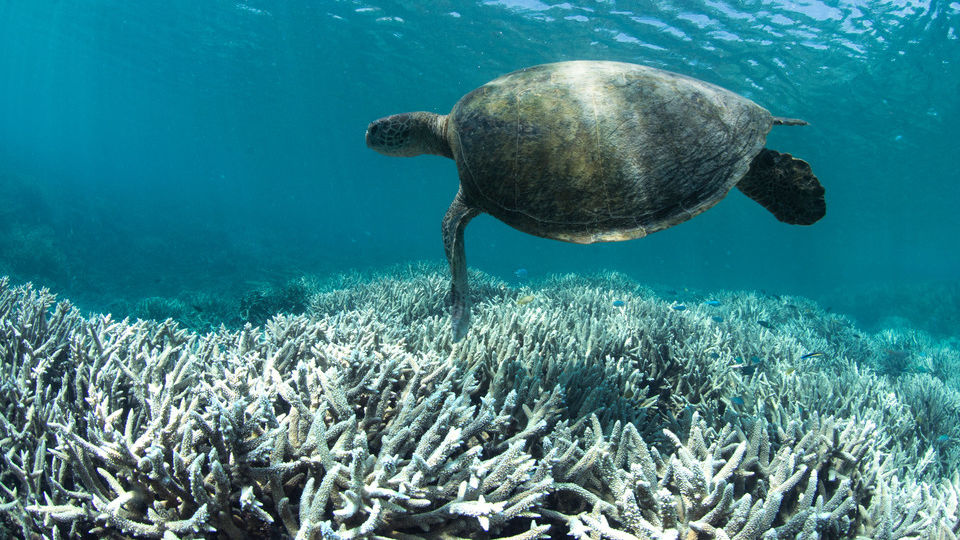
The science clearly shows that marine heatwaves are driving more frequent and severe bleaching events. Researchers on both coasts are monitoring the heat stress and bleaching closely as rising ocean temperatures across the top end of Australia continue to threaten these fragile ecosystems.
So what is coral bleaching and how does it affect coral reefs? Here's what you need to know.

Coral bleaching on the Ningaloo Reef in 2025. Credit: Blue Media Exmouth
#Why do corals bleach?
Coral bleaching describes a natural process where corals lose their vibrant colours and turn white. This happens when corals are under stress due to an environmental disturbance. Coral bleaching is usually triggered by heat stress caused by increased water temperatures and UV radiation, but can occur due to other factors such as changes in water quality.
Corals get their colour from microscopic algae called zooxanthellae, which live inside their tissues. The relationship between corals and zooxanthellae is mutually beneficial – corals provide a protected environment for the algae, and algae provide food for the corals.
During environmental stress however corals eject the algae, which means they lose their main food source. When the algae leaves, corals’ tissues become transparent, which exposes their white skeleton and makes them appear bleached.
Bleached corals are not dead but are more at risk of starvation and disease. Corals can recover from bleaching over time, but only when stressors are reduced, such as if temperatures drop and conditions return to normal. If the environmental stress continues to increase and compound for eight weeks or more, corals begin to die.
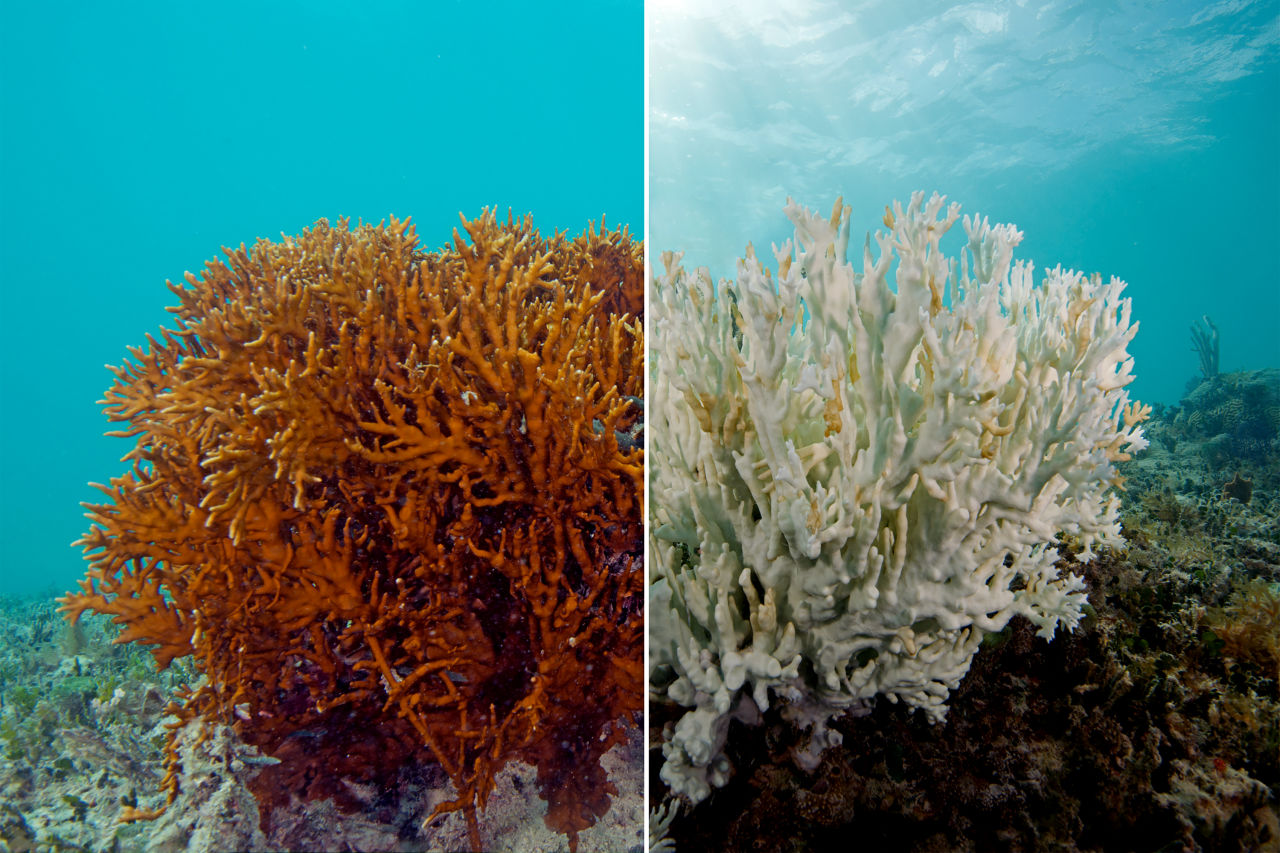
Coral Bleaching: Before and After. Credit: Ocean Image Bank
#What causes coral bleaching?
Coral bleaching is a natural stress response, and coral colonies suffer from a degree of bleaching in any given summer. However, climate change is causing bleaching events to become more severe, frequent and widespread, increasing coral mortality. The Reef’s natural recovery processes are struggling to keep up. It is the biggest threat to the future of the Great Barrier Reef and coral reefs around the world.
Since the 19th Century, our oceans have steadily warmed due to increased greenhouse gases in the atmosphere, caused mainly by the burning of fossil fuels. Coral reefs are very sensitive to ocean warming – even a 1-degree increase in water temperature over four weeks can trigger bleaching.
The Great Barrier Reef has seen seven mass bleaching events between 1998 and 2024, all caused by rising ocean temperatures.
Other environmental stressors such as changes in water acidity, extremely low tides and increased sun exposure can also cause corals to bleach.
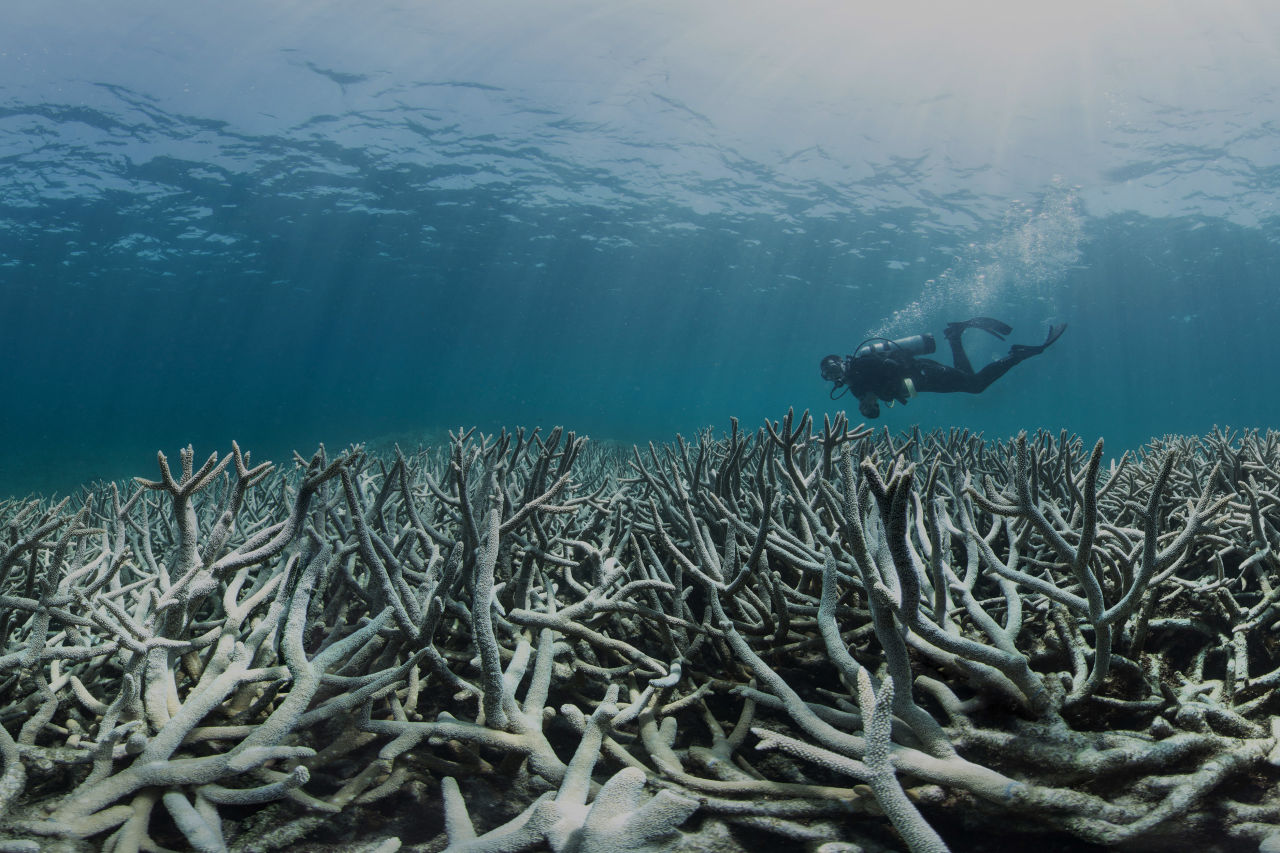
Bleached corals are not dead but are more at risk of starvation and disease. Credit: Ocean Image Bank.
#How does coral bleaching affect marine life?
The Great Barrier Reef is one of the richest and most complex natural ecosystems in the world. Coral reefs are a vital part of the marine environment. When corals bleach, thousands of marine species lose critical habitats, as well as feeding and nesting grounds, affecting the entire Reef ecosystem.
Coral reefs also protect coastal areas from severe weather events such as storms and cyclones by reducing the power of waves hitting the coast. Without them, erosion and storm damage can devastate coastal areas and their communities.

Coral Bleaching
Learn about coral bleaching, its causes, effects on the Great Barrier Reef, and how you can help combat this environmental threat.
#How can we help coral reefs?
Reducing global emissions is no longer enough to safeguard coral reefs. We must also urgently scale coral restoration efforts and help reefs adapt to climate change.
We’ve made significant progress advancing methods to restore reefs, but coral reefs remain one of the most vulnerable ecosystems on the planet.
Every coral matters. Every effort counts. The Reef needs your help.
Main image: Coral bleaching on the Great Barrier Reef in 2015. Credit: Christophe Bailhache / Underwater Earth.
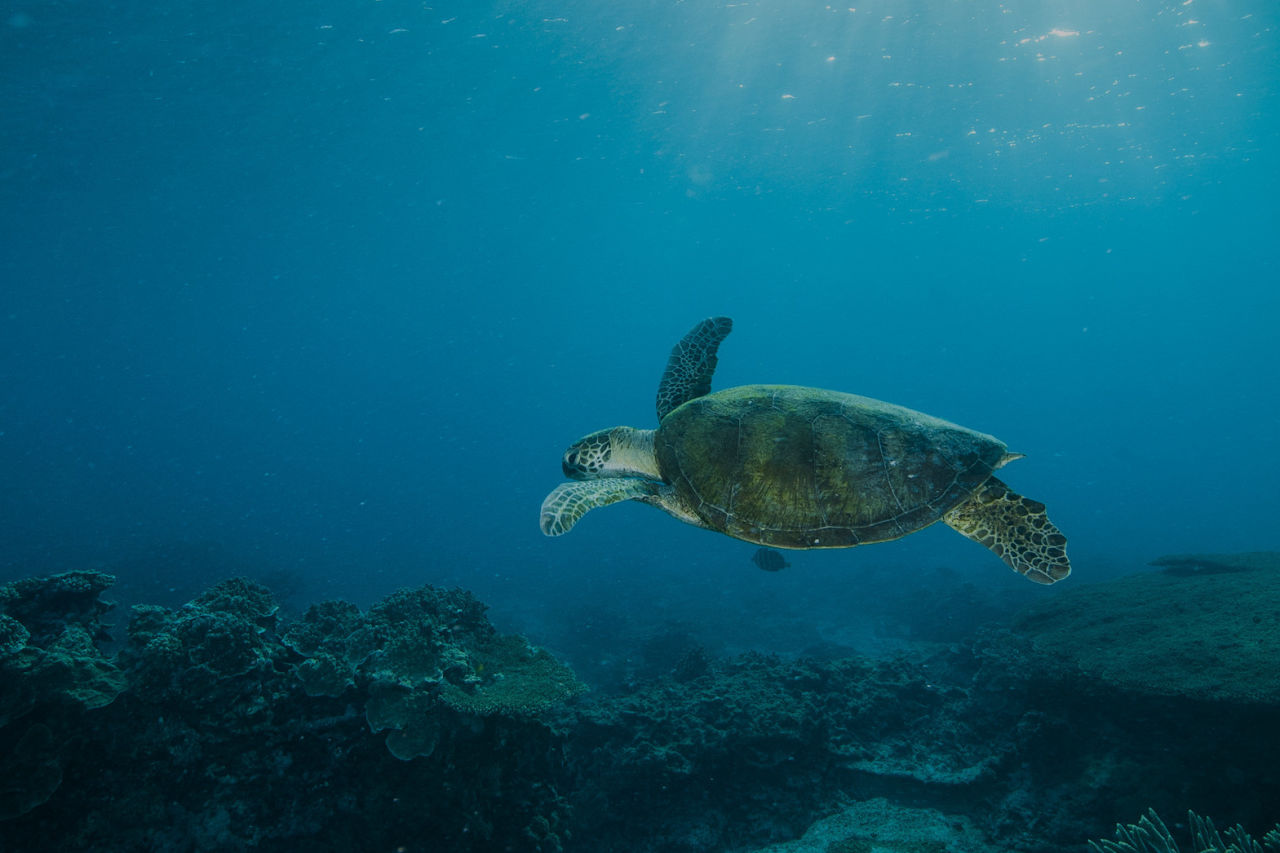
You Can Help
No matter how you choose to help, your support will make a difference.
#Related

Explainers ·
What is coral spawning?
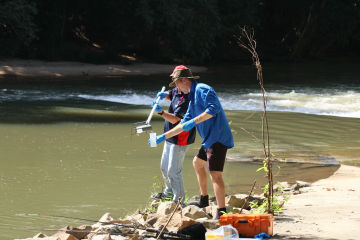
Explainers ·
Uncovering hidden species with eDNA
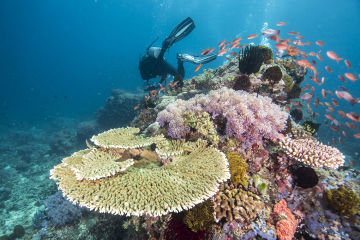
Explainers ·
What is biodiversity and why is it so important?
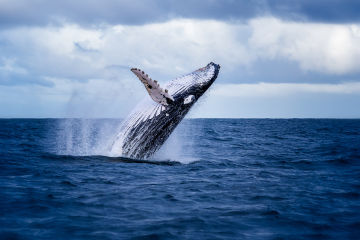
Explainers ·
